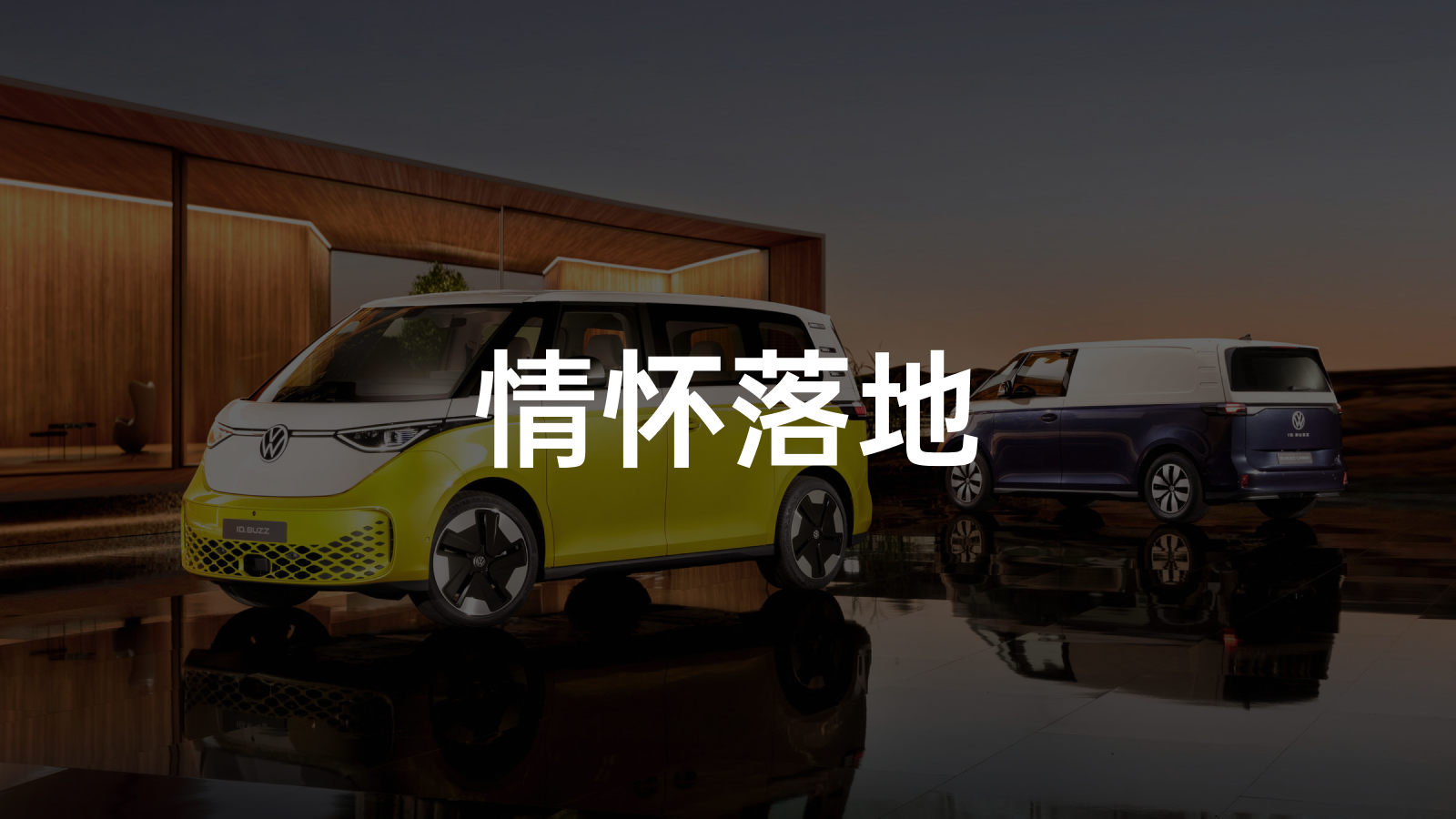Burning the midnight oil to watch a car launch from miles away at 2am, sounds crazy, doesn’t it?
On March 10th, Beijing time, Volkswagen officially unveiled the Volkswagen ID.BUZZ, a pure electric MPV model, in Hamburg, Germany, which comes in both a five-seater passenger version and a cargo version. Mercedes-Benz also released its own pure electric MPV — EQV, but it did not receive much attention. So why does a pure electric van from Volkswagen have such great appeal?
What is classic?

Even if you are not a Volkswagen fan or a van fan, you probably have seen a round and retro “van” in games or movies such as “PlayerUnknown’s Battlegrounds”, “Cars”, “Forrest Gump”, and “Bullitt”. That is the Volkswagen T1, the legendary van that was born in 1950.
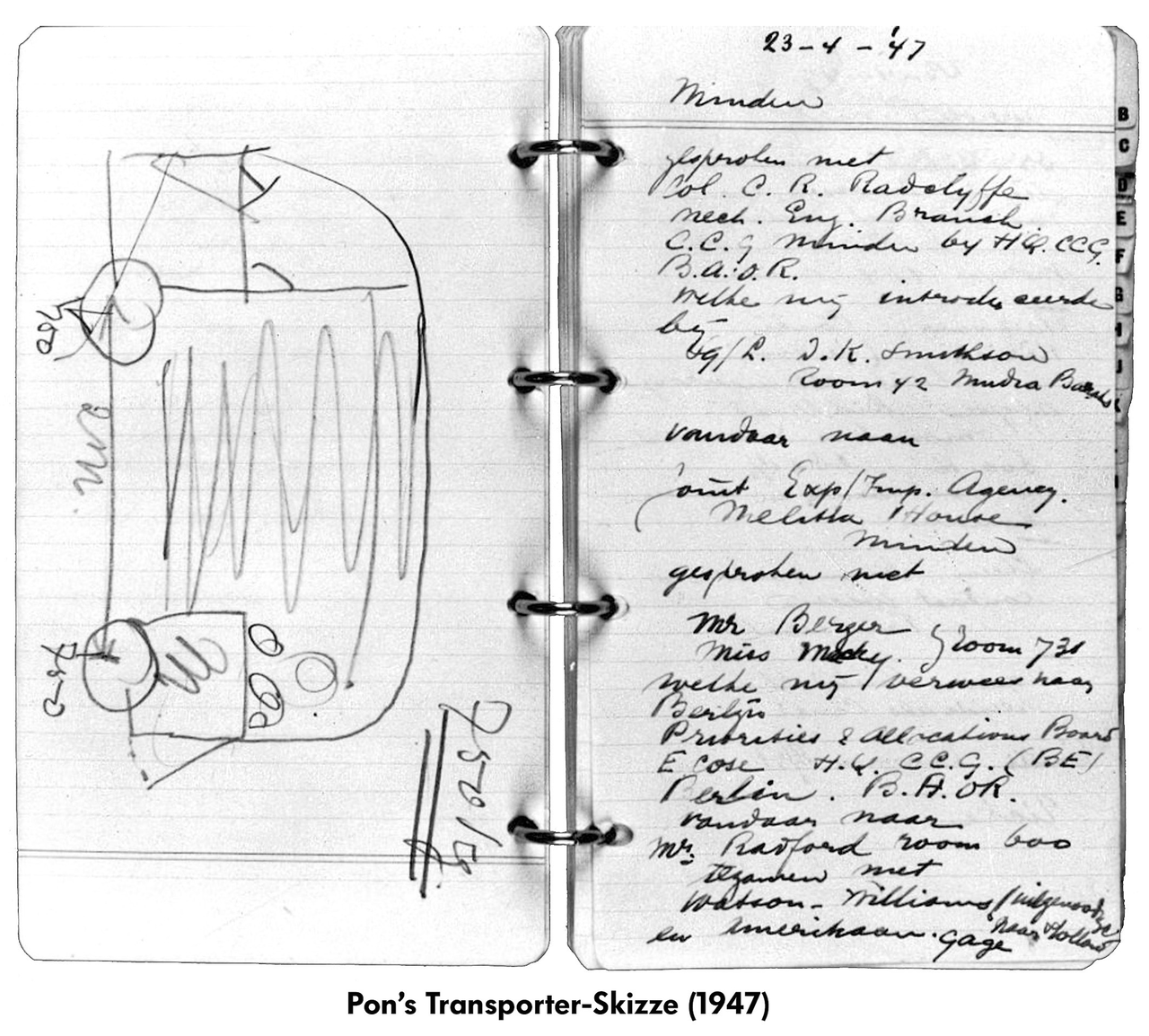
The birth of the T1 is very interesting. In 1947, Dutch businessman Ben Pon came to Germany to negotiate business and saw the Volkswagen factory’s flatbed trucks carrying cargo. He was inspired to draw a small “van” with square wheels and a “bread” shape, which he called the “Transporter”. Although no one around him was optimistic about this “van” at the time, Ben Pon still submitted the drawings to Volkswagen headquarters. One year later, Volkswagen wrote back saying that they wanted to mass-produce this “cute little guy”.
In March 1950, the T1 was officially produced and delivered in parallel with another classic car, the Beetle, so it is clear that the T1 is Volkswagen’s second car in its brand history.
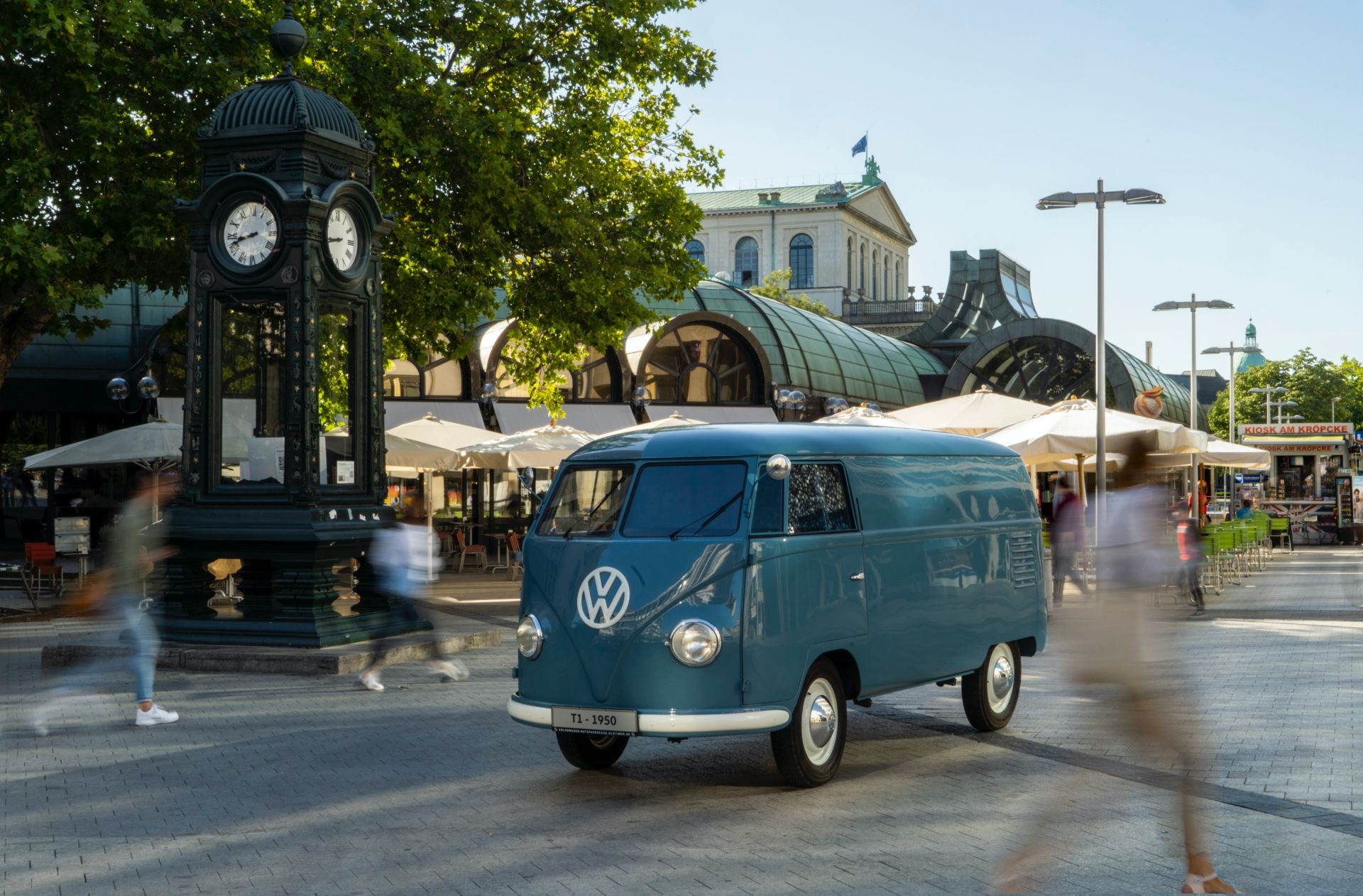
With its rear-wheel drive, independent suspension, solid and durable body, and cute appearance, the T1 quickly received the recognition of consumers and became a household name, taking on various responsibilities.

Thanks to the solid and durable mechanical quality, people have different requirements for the T1 in different fields, so we can see that the official has produced various versions of the T1.
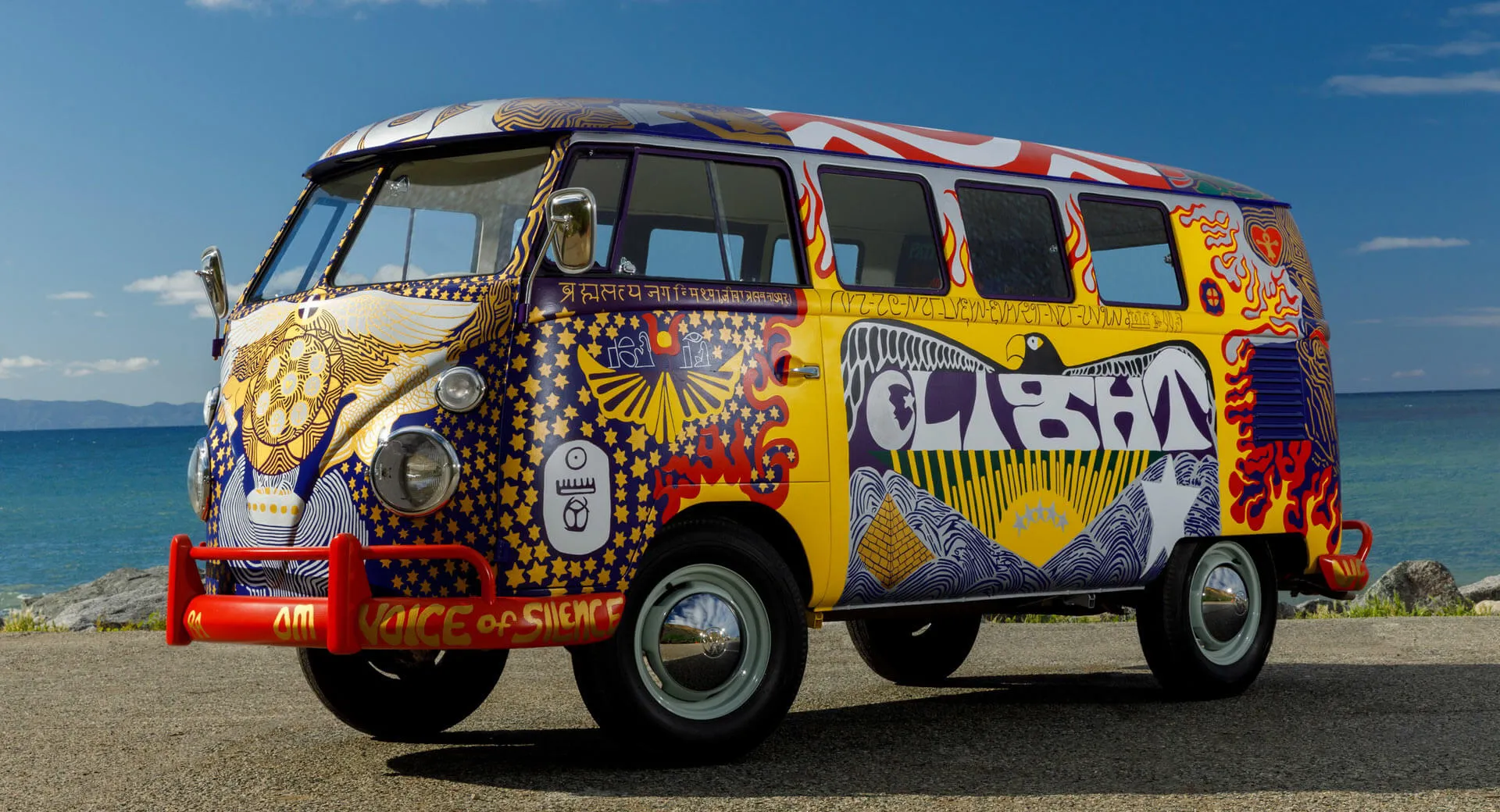 But the credit for bringing T1 to the world may go to the American “hippies.” In the 1960s, the hippie movement advocating “love and peace” swept across the United States. Thousands of hippies chose the T1 as their “companion” while wandering, and made many decorations and adjustments to both its appearance and interior, forming a unique aesthetic style exclusive to hippies.
But the credit for bringing T1 to the world may go to the American “hippies.” In the 1960s, the hippie movement advocating “love and peace” swept across the United States. Thousands of hippies chose the T1 as their “companion” while wandering, and made many decorations and adjustments to both its appearance and interior, forming a unique aesthetic style exclusive to hippies.
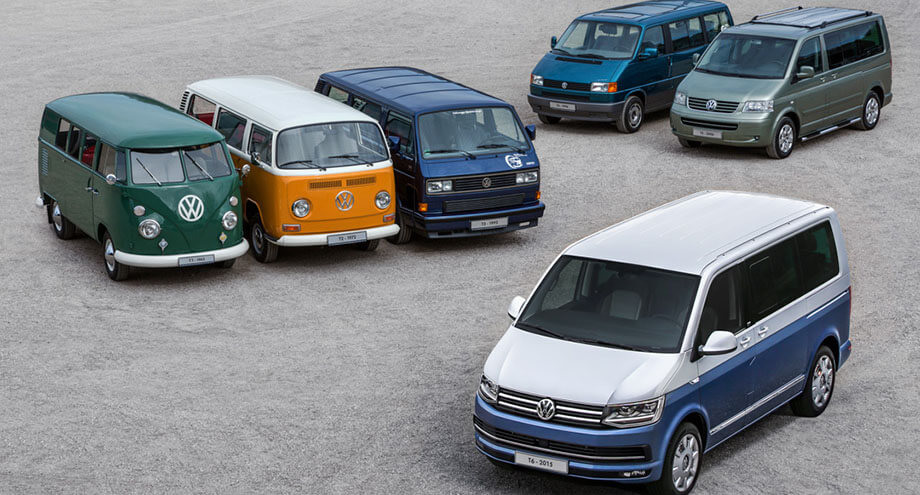
Since then, Volkswagen’s van, from the T1 to the latest T7, has been given more functions beyond just hauling cargo. For us in China, our earliest impression of Volkswagen vans might come from the T5-based Multivan.
But no matter what, thanks to its “old age,” Volkswagen’s richest assets are “classics” and “emotion.” In the pure electric era, Volkswagen not only wants to carry on the classics, but also wants to give them a necessary historical mission.
So, can the Volkswagen ID.BUZZ replicate the legend of T1?
First, let’s take a look at its product power.
Design
In this “face value” age, having a good design is already half the success. And often, the so-called trend is a kind of retro cycle, which is even more evident in the Volkswagen ID.BUZZ.
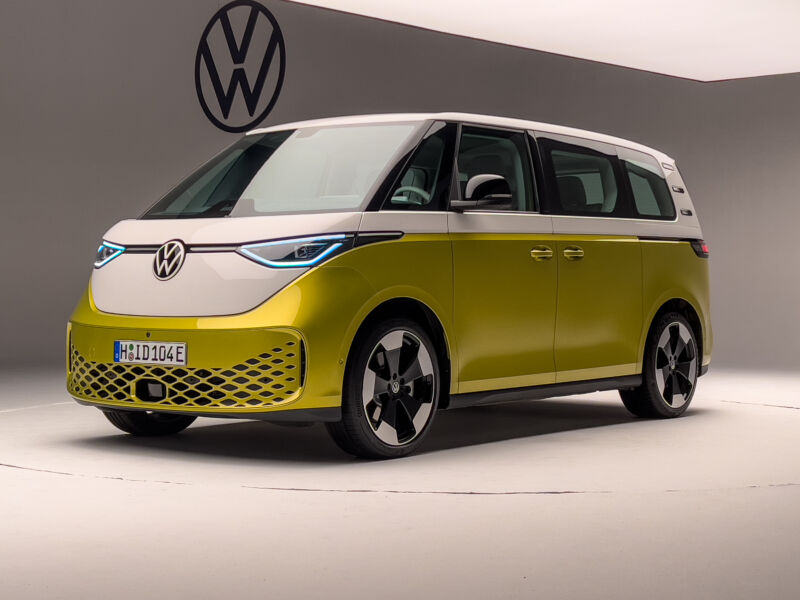
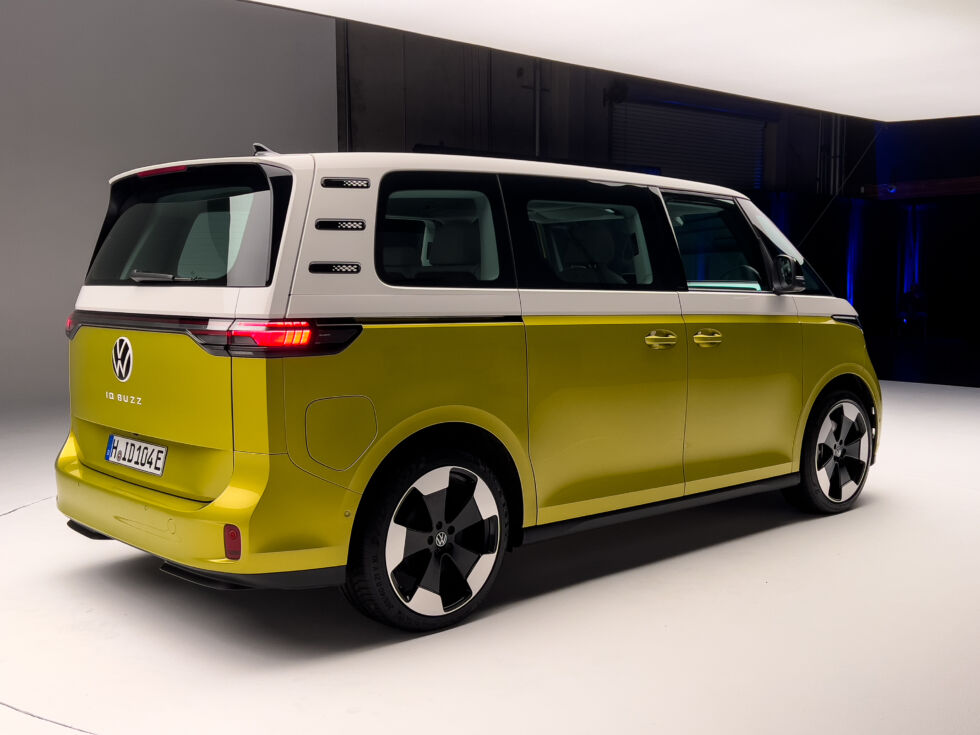
Firstly, the bi-color body and the large “VW” logo on the front clearly pay tribute to the T1. If you observe carefully, you will notice three decorative vents beside the rear window, which is because the first three generations of the Volkswagen T series all used rear-mounted engines.
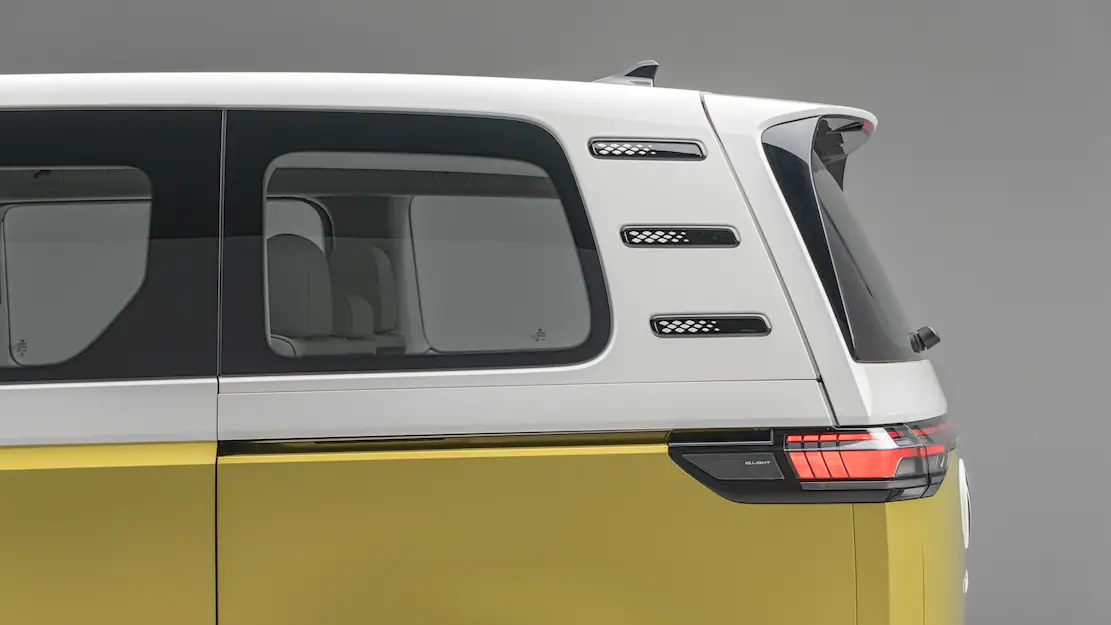
In addition to many “tribute” elements, the large headlight group on both sides of the front, the continuous light strip, and the diamond-shaped hollow design at the bottom make it easy to recognize this as a Volkswagen ID. family model. The taillights adopt the popular continuous style and match well with the bi-color body, creating a good layering effect.
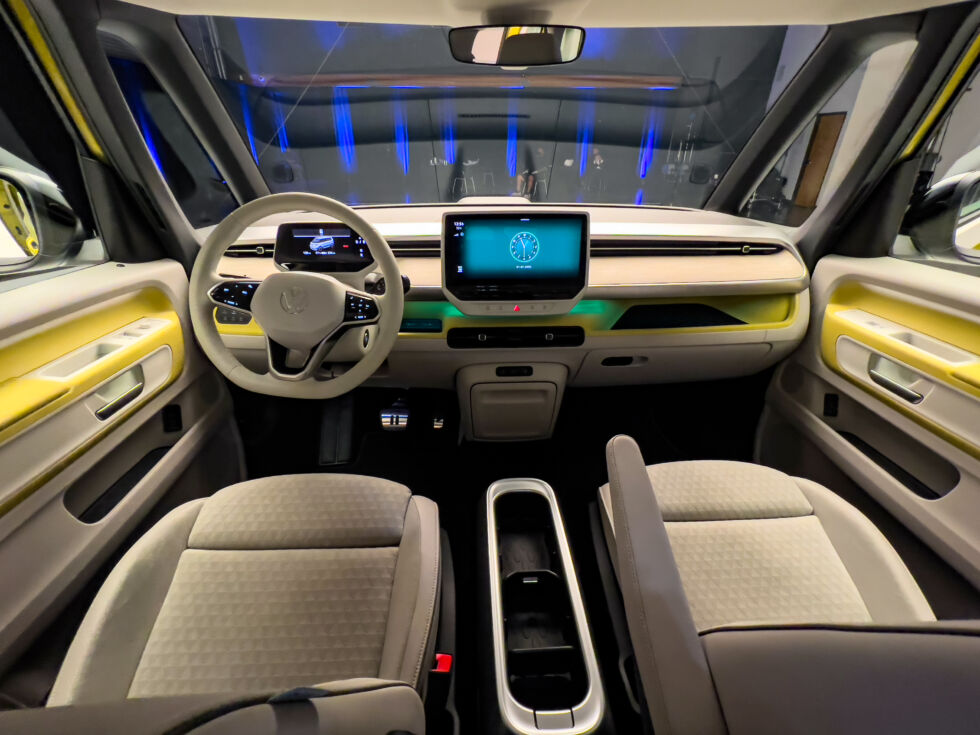
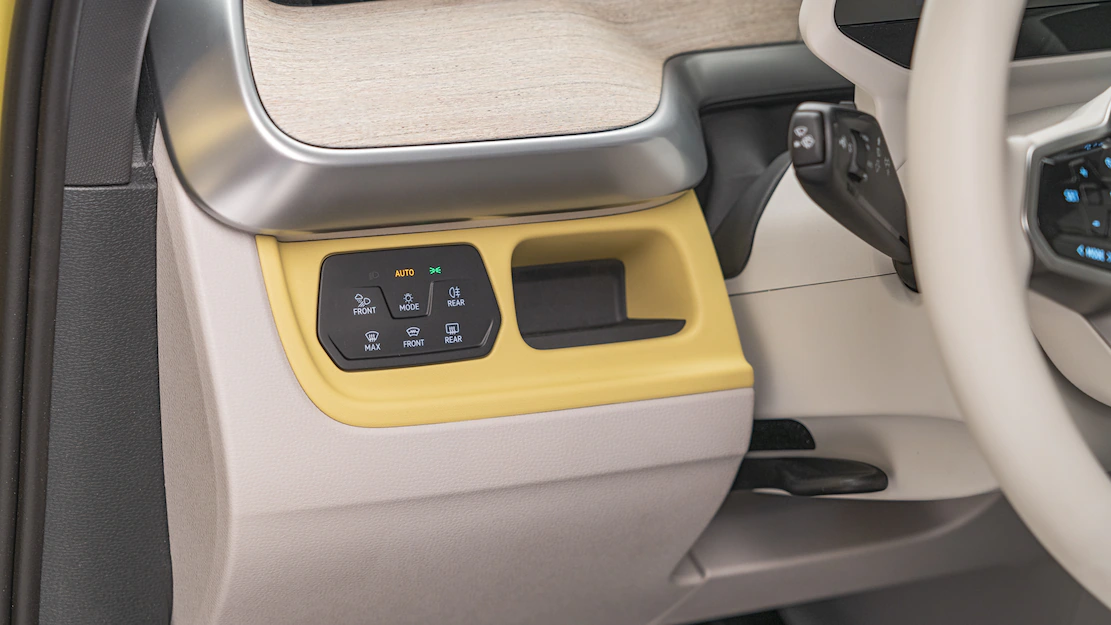 Once inside the car, the steering wheel, central control, and two screens – one large and one small – give a familiar feel. However, the instrument panel is too small and the black border around it is really “aircraft carrier level”. The left side of the steering wheel is the light adjustment area with a small storage compartment beside it, which is very consistent with the habits of traditional fuel-powered cars.
Once inside the car, the steering wheel, central control, and two screens – one large and one small – give a familiar feel. However, the instrument panel is too small and the black border around it is really “aircraft carrier level”. The left side of the steering wheel is the light adjustment area with a small storage compartment beside it, which is very consistent with the habits of traditional fuel-powered cars.
An interesting design feature is that the switch for the left and right sliding doors is located on the air outlet of the central control screen with a hidden cup holder underneath. When folded away, it can be used to connect the driver and front passenger seats.
Looking at the overall design, the Volkswagen ID.BUZZ blends the retro and modern styles perfectly and wins in appearance.
Body
After talking about the distinctive design, the product strength of the Volkswagen ID.BUZZ in other aspects seems rather ordinary, especially in the most “saturated” Chinese market where customers have high expectations for EVs.
The new car offers a five-seat passenger version and a “Cargo” version, the latter being a cargo model which locks the rear windows and removes the left side door. This is a common situation overseas where elderly people often use a “Cargo” version of the Mercedes V-class to transport wood.
The size of the Volkswagen ID.BUZZ is 4,712 x 1,985 x 1,937 mm, with a volume of 1,112 L when fully loaded with five people. The rear seats can be folded down in proportion and the volume can reach up to 2,205 L when all seats are down.
Interestingly, the Volkswagen ID.BUZZ has a compact-length positioning in terms of length, but it is almost 2 meters wide. We speculate that this is due to the size of the battery pack, but why it is a five-seater and compact-length car will be explained later.
As a vehicle born on the MEB pure electric platform, the Volkswagen ID.BUZZ has a wheelbase of 2,988 mm, thanks to the short front and rear overhangs. The nearly 3-meter wheelbase generally corresponds to a car length of about 4.9 meters in traditional fuel-powered cars.
PowertrainFor the most important battery in electric vehicles, the Volkswagen ID. BUZZ is equipped with an 82 kWh ternary lithium battery, which is actually available at 77 kWh. The specific range has not been officially announced, but it is speculated to be about 400 km on the WLTC cycle.
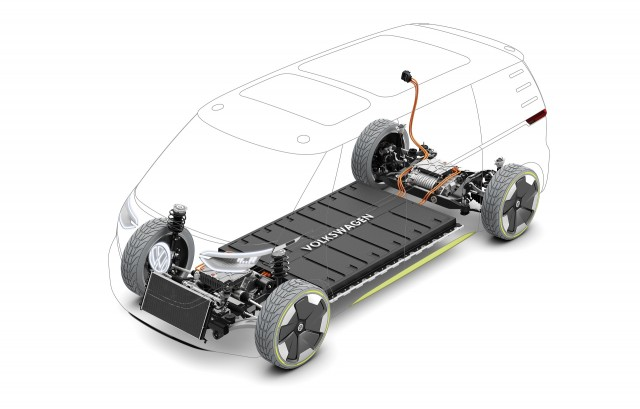
In terms of power, the Volkswagen ID. BUZZ adopts a rear-mounted motor with a maximum power of 150 kW and a peak torque of 310 Nm, which is the same as that of the ID.4 and ID.6. The estimated acceleration from 0 to 100 km/h is around 9 seconds, which is expected to provide driving pleasure, especially when paired with the 21-inch wheels that were displayed on the show car. The rear tire width of the ID.BUZZ reaches 265 mm, which is wider than traditional fuel-powered MPVs.
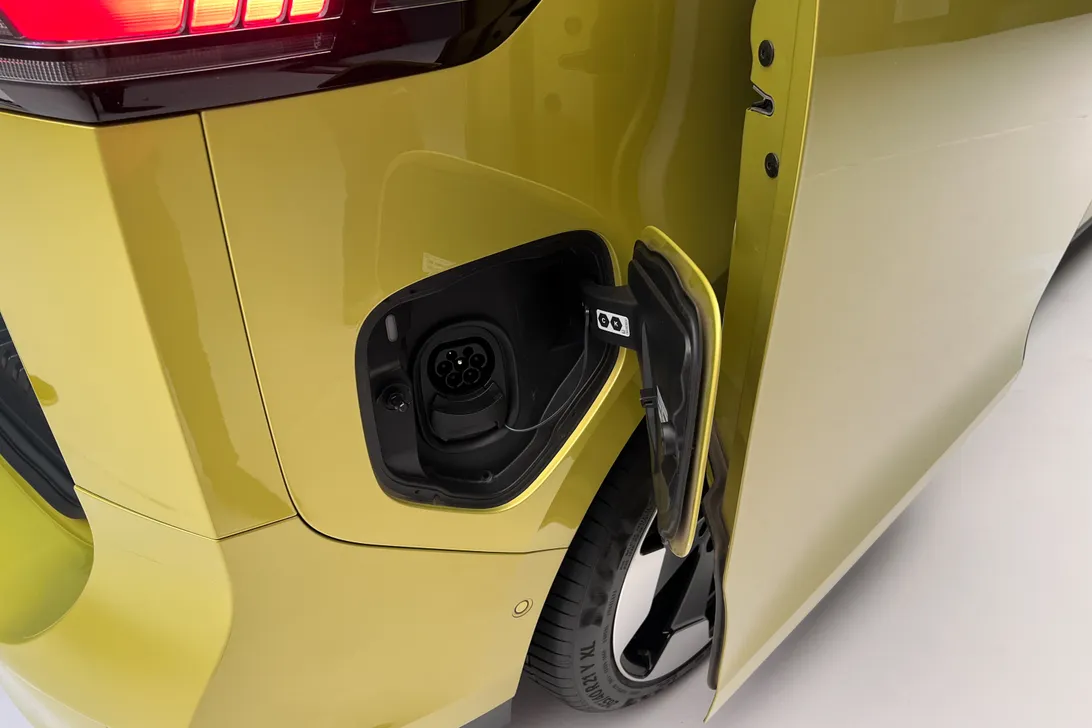
In terms of charging, the Volkswagen ID.BUZZ has a single charging port at the rear that supports fast charging up to 170 kW. This is similar to the decision made by the NIO ET7 to abandon slow charging, and it is unsure whether it will become a trend in the future. Notably, the Volkswagen ID.BUZZ also supports vehicle-to-grid technology, which is not new, but is very user-friendly for those who like to enjoy outdoor activities.
Driver Assistance
In terms of driver assistance, the ID.BUZZ applies Volkswagen’s latest system, which not only includes emergency braking, lane-keeping, and memory parking, but also two interesting features.
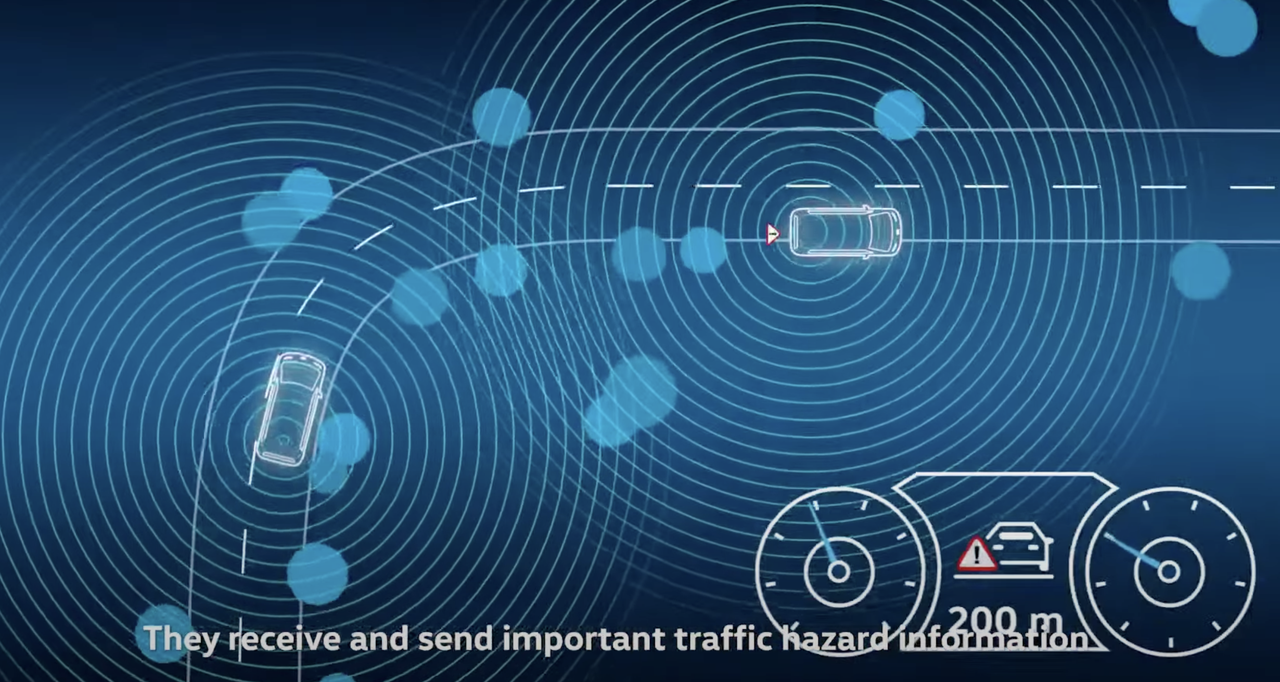
One is the Car2X function. This feature not only enables MEB models to communicate with each other, but also captures traffic information and warns the driver through a dedicated communication protocol that is independent of cellular networks, thus ensuring driving safety to some extent.
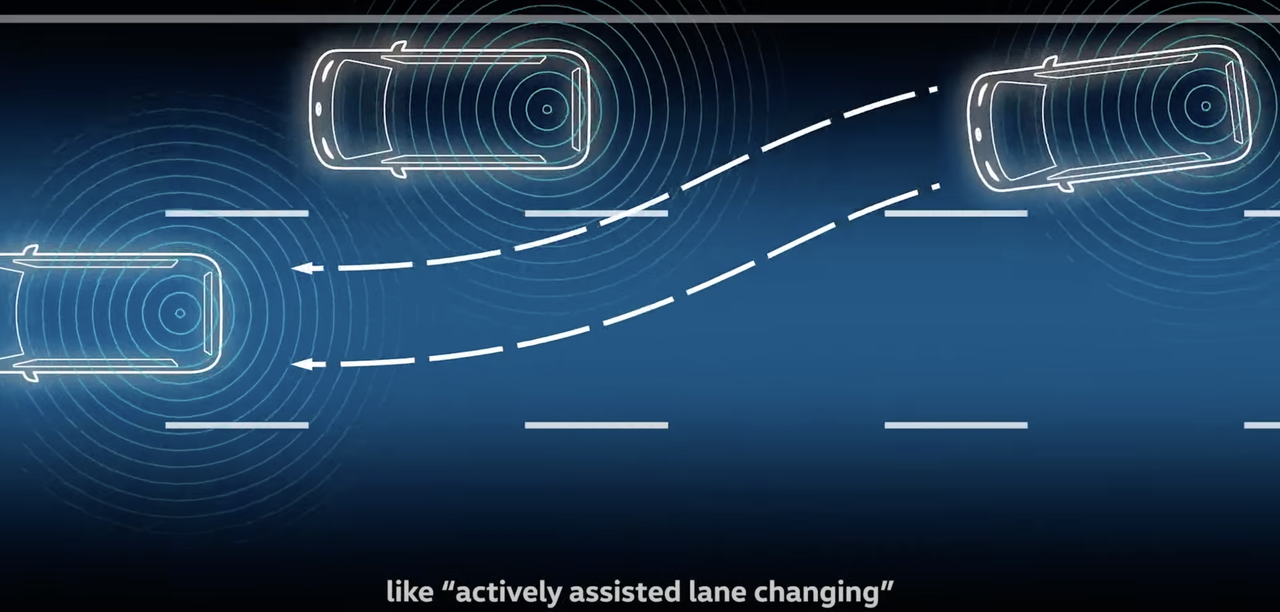
The other feature is the Travel Assist with swarm data. According to Volkswagen, this optional feature can assist with lane changes on highways, which can be understood as a highway navigation system. What makes this feature special is that Volkswagen will record information from other MEB models that have traveled on the same route, and provide feedback to your car. Volkswagen claims that it can even allow you to drive on roads without lane markings.## How to understand Volkswagen ID.BUZZ?
In the eyes of many people in China, MPV equals “business vehicle” or “dad’s car”. Therefore, they feel very confused about Volkswagen’s MPV, which is less than 4.8 meters long and only has five seats. To understand Volkswagen ID.BUZZ, we need to combine it with the actual situation in Europe.

As an area that has long entered aging and declining birth rates, Europe rarely has the situation of several children plus two dogs for car use like the United States. At the same time, young people in Europe rarely live with their parents as they do in China. Therefore, there are very few situations where a car needs to seat 7 people. At this time, two-door cars or wagons are the preferred option. If there is a higher demand for space, then a compact five-seater MPV with a foldable rear row will be chosen. The Volkswagen ID.BUZZ just meets the above requirements. Is it easy to understand now?
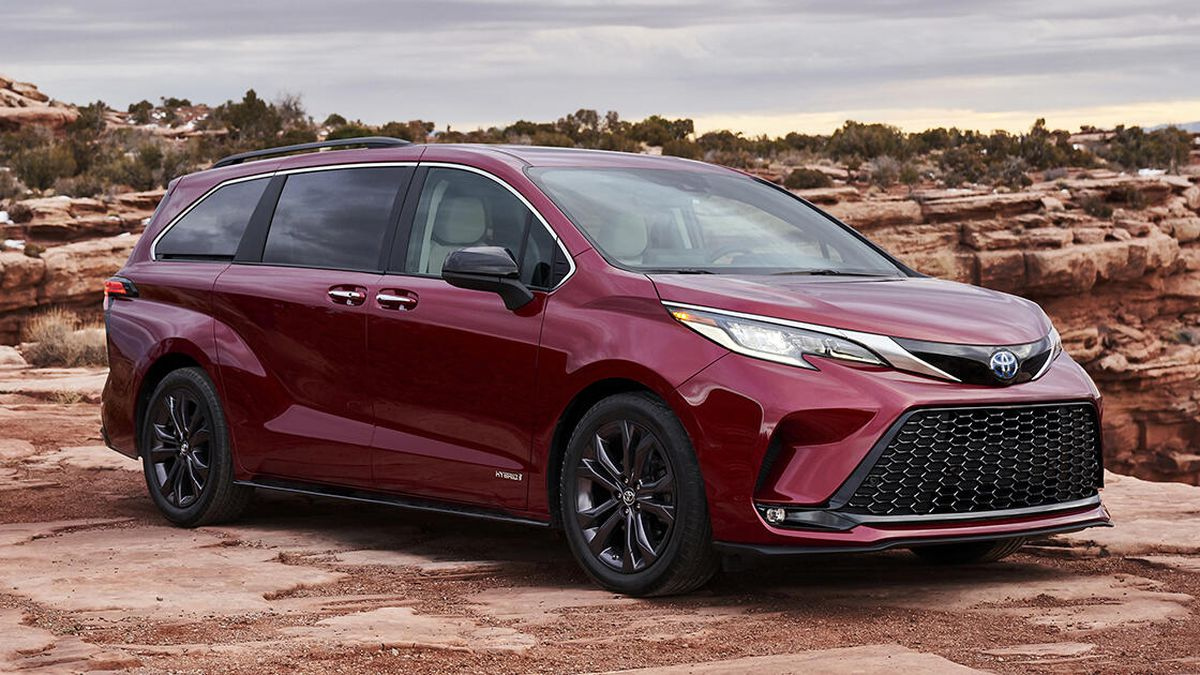
However, as the world’s first and second largest automobile markets, China and the United States cannot be ignored by Volkswagen. Therefore, it is highly likely that an extended 6/7-seat model will enter the Chinese and American markets in the future. The length of the car body is expected to be extended to about 5.2 meters, which is the same level as the Toyota Sienna and the Chrysler Grand Caravan.
It can be said that there is a chance for Volkswagen ID.BUZZ to replicate the legend of Volkswagen T1 in Europe, especially in the situation where gasoline cars are already “Countdown to Death” in Europe. But it will not be so easy in China and the United States, especially since brands such as Hongqi, Voyah, and Zeekr are already on the road. The time left for Volkswagen ID.BUZZ is really not much.
This article is a translation by ChatGPT of a Chinese report from 42HOW. If you have any questions about it, please email bd@42how.com.
